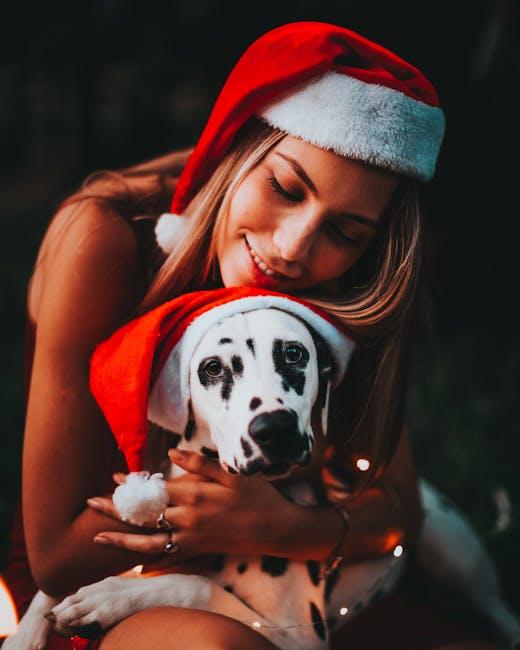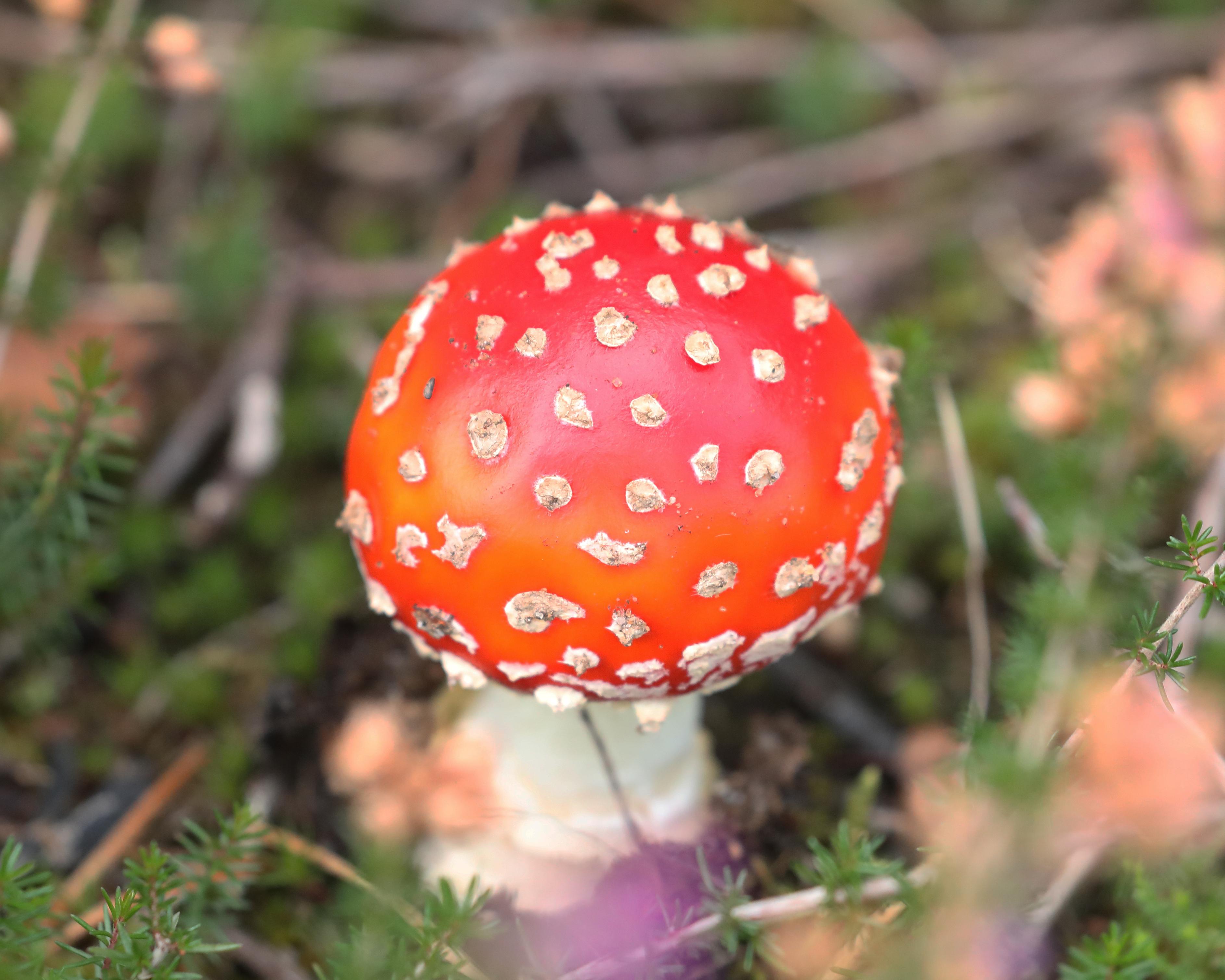Welcoming a furry friend into your life brings endless joy and companionship, but it also comes with the responsibility of ensuring they interact positively with others. Teaching your dog to greet people politely is not just about avoiding the embarrassment of an overenthusiastic welcome; it’s about fostering a respectful and harmonious environment for everyone. Whether your dog is a tiny ball of energy or a gentle giant, mastering the art of a polite greeting can transform your outings and social gatherings into delightful experiences. In this guide, we’ll explore practical and compassionate techniques to help your canine companion develop impeccable greeting manners, ensuring that every encounter is a pleasant one for both your dog and the people they meet. Let’s embark on this journey to nurture a well-mannered pup who wins hearts with every wag of their tail.
Understanding Canine Social Cues for a Positive Greeting

Creating a Calm Environment for Initial Introductions
When introducing your dog to new people, the environment plays a crucial role in shaping their response. Begin by selecting a quiet, familiar space where your dog feels secure. This helps to minimize distractions and potential stressors that might cause them to react unpredictably. Consider using a room with soft lighting and comfortable seating to create a welcoming atmosphere for both your dog and your guests. Setting the right mood is essential in encouraging calm and composed behavior.
- Ensure the area is free from loud noises and sudden movements.
- Keep other pets or distractions out of sight initially.
- Provide a cozy spot for your dog to retreat to if they feel overwhelmed.
Additionally, having some of your dog’s favorite toys or a cozy blanket nearby can help them feel more at ease. Consistency is key; try to maintain a similar setting for all initial introductions to reinforce a sense of stability and routine. By crafting an environment that promotes tranquility, you’re setting the stage for positive interactions and helping your dog learn to greet new people with grace and confidence.

Step-by-Step Guide to Teaching Sit and Stay Commands
When training your dog to master the art of polite greetings, teaching the sit and stay commands is crucial. Begin in a quiet environment free from distractions. With a treat in hand, hold it close to your dog’s nose and slowly move it upwards, encouraging them to follow the treat with their eyes. As their head tilts back, their bottom will naturally lower into a sitting position. Once they sit, reward them with the treat and lots of praise, reinforcing the behavior. Repeat this several times until they associate the word “sit” with the action.
- Practice Consistency: Always use the same word and hand gesture when giving the sit command.
- Introduce the Stay Command: Once your dog is comfortable sitting on command, add the stay. With your dog sitting, open your palm towards them and say “stay.” Take a small step back, and if they remain seated, return to them with a treat and praise.
- Gradual Increase: Gradually increase the distance and duration of the stay command. Start with just a few seconds and build up to longer periods.
Incorporate these commands into everyday activities. For instance, before meals or walks, have your dog sit and stay, reinforcing the behavior in different contexts. Remember, patience and positive reinforcement are key to helping your dog understand and obey these commands, leading to well-mannered greetings every time.
Reward-Based Techniques to Reinforce Polite Behavior
Teaching your dog to greet people politely can be an enjoyable journey, and reward-based techniques offer a positive approach to achieve this goal. Positive reinforcement is key, focusing on rewarding desired behaviors rather than punishing undesired ones. Start by identifying a high-value treat or toy that your dog loves. This will serve as the motivational tool to encourage polite greetings. When your dog remains calm as a guest approaches, immediately offer the treat and verbal praise. Consistency is crucial, so ensure everyone in the household follows the same rewarding process to reinforce the behavior effectively.
- Use Clicker Training: Incorporate a clicker to mark the exact moment your dog displays the desired calm behavior. This helps your dog understand which actions earn rewards.
- Set Up Practice Scenarios: Invite friends or family over to practice greetings. This provides controlled environments for your dog to learn and get accustomed to polite interactions.
- Incorporate Play Sessions: After a successful polite greeting, reward your dog with a play session. This reinforces the behavior and keeps training sessions enjoyable.
Remember, patience is key. Celebrate small victories and maintain a positive atmosphere. Over time, your dog will associate polite greetings with positive outcomes, making it a natural part of their behavior.

